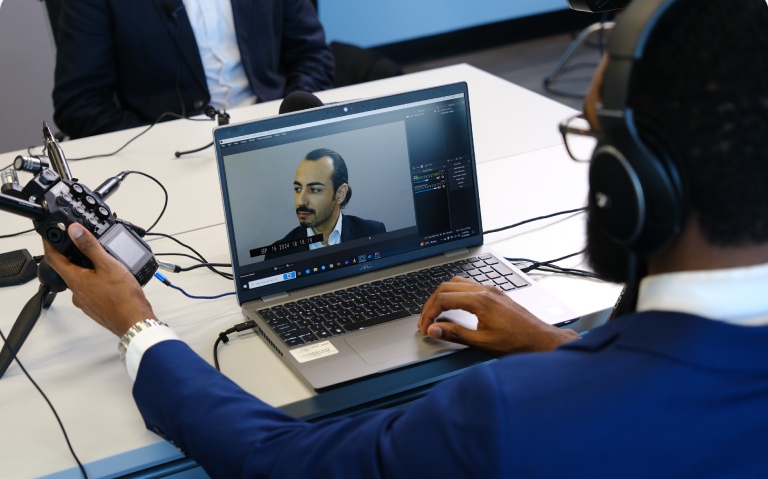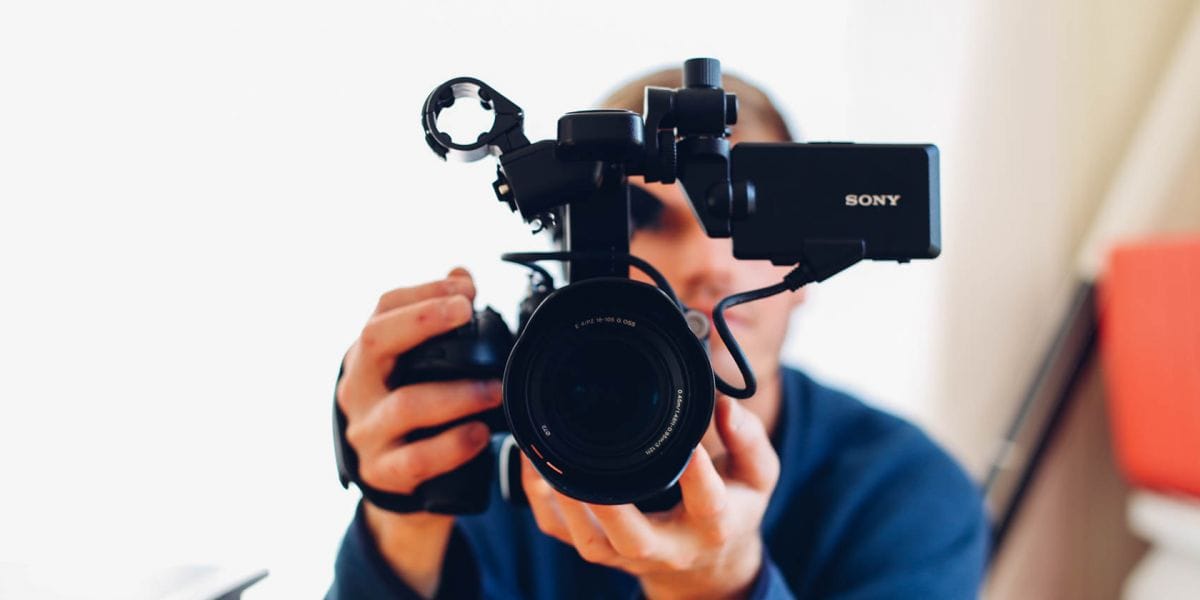Understanding the Role of Legal Videography in the Courtroom
Understanding the Role of Legal Videography in the Courtroom
Blog Article
Why Legal Videography Is Essential for Accurate Court Recordings
The role of legal videography in court room setups can not be overemphasized, as it functions as a necessary tool for preserving the honesty of court documents. By capturing both spoken and non-verbal interaction, it boosts the quality of witness statements and shows the nuances of court room communications. This comprehensive paperwork not only help in decreasing potential misconceptions yet likewise supports appellate evaluations, thus reinforcing the judicial process. The ramifications of integrating lawful videography into standard court techniques increase important questions concerning its wider impact on the lawful system. What might these implications require?
Value of Visual Proof
In the world of lawful process, the importance of visual proof can not be overemphasized. Aesthetic proof functions as a powerful device in establishing truths, corroborating statements, and boosting the overall clearness of a case. This kind of evidence, that includes photographs, videos, and representations, can provide a concrete context that spoken summaries frequently do not have, thereby providing juries and courts a more clear understanding of the circumstances surrounding a situation.
In addition, visual evidence help in the retention of details. Human cognition is naturally visual, and people are more probable to bear in mind and comprehend information provided in an aesthetic layout. In the court room, this can be crucial, as compelling visual evidence can persuade point of views and enhance the story presented by legal reps.
In addition, making use of aesthetic proof can lessen misconceptions and uncertainties that commonly develop from spoken exchanges. By offering a direct representation of occasions, visual proof assists to eliminate subjective analyses and cultivates a much more objective exam of the truths. Subsequently, the combination of visual evidence right into legal proceedings not only reinforces the stability of the judicial process but also enhances the chance of attaining a simply result.
Capturing Non-Verbal Signs
Making use of sophisticated videography methods can significantly boost the capture of non-verbal signs during lawful procedures. Non-verbal interaction, including facial expressions, body language, and eye call, plays a vital function in conveying emotions and intents that may not be explicitly mentioned in verbal testimony. legal videography. Lawful videography employs high-def cameras and tactical angles to make certain that these subtle signs are tape-recorded with quality and accuracy
The ability to examine non-verbal behavior can give useful context to statements made during court sessions. As an example, a witness's hesitation or confidence can be translated via their position or gestures, potentially affecting the court's understanding of credibility. Moreover, using close-up shots can help concentrate on a speaker's expressions, permitting for a more nuanced understanding of the statement.
Additionally, incorporating multiple cam angles can develop a comprehensive view of communications, highlighting characteristics between parties entailed. This complex approach not only enhances the accuracy of the court document yet additionally aids in protecting the stability of the judicial procedure - legal videography. Inevitably, recording non-verbal hints with legal videography promotes a richer, extra full representation of courtroom procedures

Enhancing Testament Integrity
The dependability of statement can be substantially boosted via making use of high-quality lawful videography. Video clip recordings function as an objective medium that captures not just the talked words of witnesses yet likewise the nuances of their shipment, including tone, pacing, and psychological expressiveness. This complex paperwork gives a clearer understanding of the witness's reliability and purposes, which can be essential in lawful proceedings.
In addition, legal videography reduces the possibility for misconceptions that may develop from written records alone. When jurors can observe a witness's disposition and body movement combined with their testament, they are better geared up to examine the credibility and reliability of the proof presented. This visual context can enhance the testimonial narrative, making it a lot more compelling and trustworthy.
In addition, the visibility of a video clip recording can deter prospective variances in testament. Witnesses might be extra careful in their declarations when they know they are being taped, leading to even more exact and truthful accounts. Generally, high-grade legal videography improves the stability of testament, ensuring that the court has access to a total and genuine depiction of the facts as conveyed by the witnesses.
Supporting Appeals and Reviews
Legal videography plays an important duty in sustaining allures and reviews by providing a comprehensive visual document of courtroom procedures. This aesthetic paperwork catches not only the spoken words of witnesses and attorneys but also the nuances of body movement, intonation, and court room characteristics. Such elements can be essential in recognizing the context of statements and disagreements provided.
In the appellate process, where the focus gets on mistakes of legislation and procedural justness, a video clip document can browse this site function as an essential tool for appellate courts. It allows judges to examine the initial test context, ensuring that decisions are based on a complete understanding of the procedures. The capability to aesthetically examine the attitude of witnesses or the interactions between events can expose insights that written records may ignore.

In addition, lawful videography can assist in making clear uncertainties in testimonies or step-by-step rulings, consequently enhancing the basis for a charm. By providing a trusted, objective account of what taken place in court, lawful videography not only supports the integrity of the legal procedure however additionally equips all events included to make enlightened choices regarding their cases.
Enhancing Courtroom Processes
Enhancing court room efficiency, legal videography simplifies processes by offering prompt access to aesthetic records of proceedings. This innovation permits judges, attorneys, and courts to take another look at crucial statement and proof, making certain that all parties have a clear understanding of the instance. By catching the nuances of verbal and non-verbal communication, videography improves the record, making it simpler to comprehend the context and weight of testaments.

Additionally, video recordings can assist in remote engagement in hearings, permitting better versatility in scheduling and participation, which is especially useful in intricate instances involving multiple stakeholders.
Conclusion
To conclude, lawful videography plays a vital duty in making certain precise court recordings by supplying crucial aesthetic proof that records both verbal and non-verbal interaction. This technique boosts the integrity of original site testaments, sustains appellate testimonials, and improves courtroom procedures. By promoting an extensive understanding of courtroom characteristics, legal videography ultimately adds to a lot more equitable judicial outcomes, enhancing the stability of the legal system and promoting notified decision-making.
Report this page